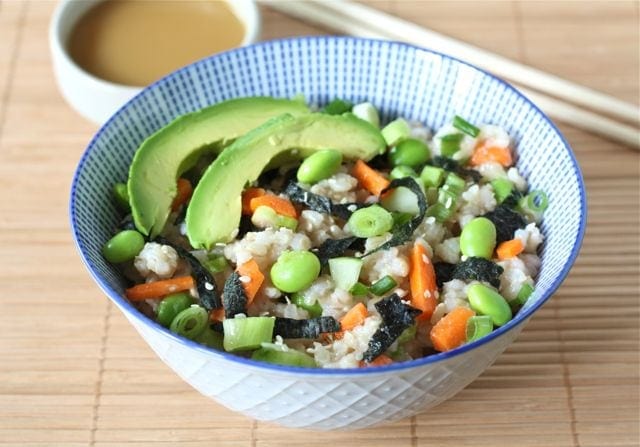Wasabi: Important Facts, Health Benefits, and Recipes
Explore the health benefits and culinary uses of wasabi, a versatile Japanese root vegetable, and learn how to store and substitute it in various dishes.

Nutritional Facts
1 tsp
Amount per serving
Calories
0
Carbohydrates
0 g
Fat
0 g
Protein
0 g
Sodium
0 mg
Best Wasabi Recipes
-

-

-

-
:max_bytes(150000):strip_icc()/__opt__aboutcom__coeus__resources__content_migration__serious_eats__seriouseats.com__recipes__images__2015__05__20150523-bloody-mary-variations-vicky-wasik-2-4a7f317aa1034dc195f0523cc24eed81.jpg)
-
:max_bytes(150000):strip_icc()/__opt__aboutcom__coeus__resources__content_migration__serious_eats__seriouseats.com__recipes__images__20091121WasabiPudding-9ae4742930974a04a1e08faa3a75d6ff.jpg)
-
:max_bytes(150000):strip_icc()/__opt__aboutcom__coeus__resources__content_migration__serious_eats__seriouseats.com__recipes__images__20101021_wasabiguacamoleSMALL-e6dba4ba166647268e9835e095bc7f12.jpg)
-
-
/GettyImages-565821513-5845a5cb3df78c0230efa2e5.jpg)
-
![Ham & Cheese Scones Image]()


